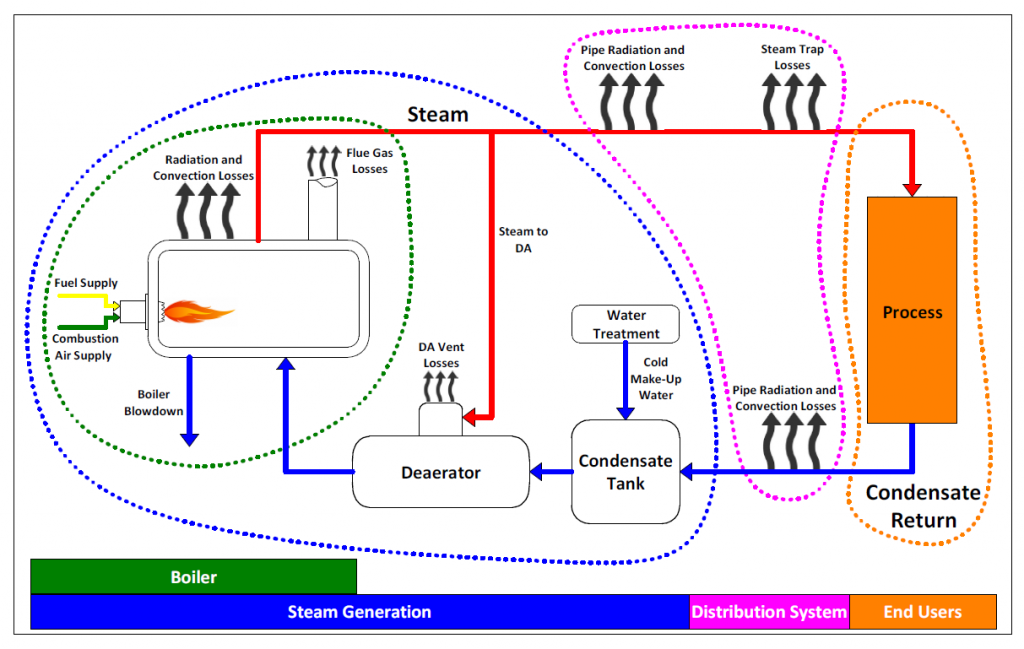A holistic approach to Steam System Efficiency
Steam as a Service
We understand the vital importance of an efficient steam system and how crucial increased operational uptime and minimal downtime, whilst lowering maintenance costs, is to your business.
As Steam System Experts we follow a holistic approach to steam systems, and we will work with you to make your steam system be as efficient as possible.
We will look at the whole steam system for you.
Energy Conservation Measures based on full ESCO surveys can provide savings of 20% and greater. Our products and services can be paid through the savings generated.
We can guarantee Payback which is typically between 6 and 36 months. When you delegate your Steam System energy performance to us, we can finance these energy saving projects if you wish, saving on CAPEX.
Capabilities
Our surveys and project implementation are performed quickly and efficiently, with minimal supervision necessary, and with minimum interference to operations and the process.
We can provide Corrective Maintenance, Commissioning, Commissioning supervision, Installation, Installation supervision, Calibration and KPI -Based performance testing.
This is why we bring to you our Steam Services Agreement, tailoring our services to meet your requirements.
First Step
Making your steam system as efficient as possible
We perform Steam System Surveys to identify problems, prepare in-depth reports with financial calculations and viability, approve accurate and reliable baseline measurements, and help create savings that are sustainable.
Second Step
Keeping your steam system as efficient as possible
Make Steam Esco your reliable partner to sustain steam energy savings. Our monitoring and preventative services and our expertise will maintain the efficiency of your steam system and provide optimal uptime, reducing downtime to a minimum.

